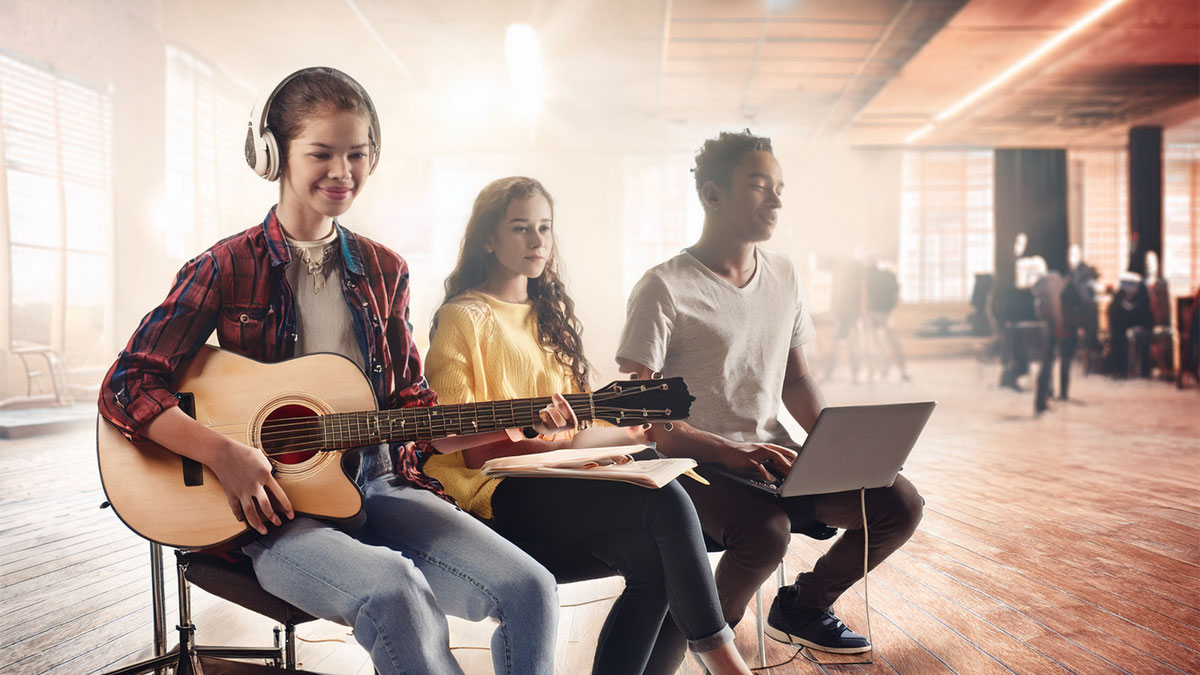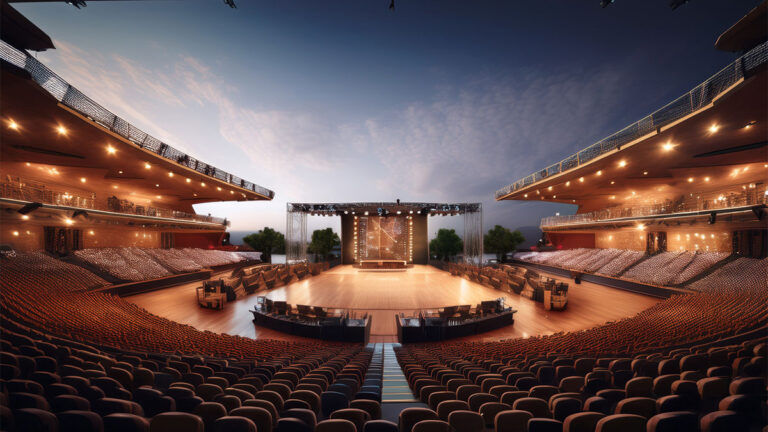Music has long been more than background noise. It has carried messages across borders, united communities, and ignited movements. On college campuses, where activism often thrives, songs become powerful tools of resistance, identity, and solidarity. Whether through protest chants, campus concerts, or viral TikTok remixes, music continues to give student voices a force that speeches alone cannot match. In recent years, the blending of online culture and on-the-ground action has amplified this role even more.
At the intersection of academic life and advocacy, Mypaperhelp serves as a reliable academic ally for students who want to balance activism with their studies. Many student activists spend long nights organizing campaigns while still facing deadlines, and having dependable academic support allows their voices to stay strong in both arenas.
Music as a Historical Catalyst for Student Movements
The use of music in student activism is not new. During the 1960s, American campuses resonated with the sounds of folk and protest songs like Bob Dylan’s “The Times They Are A-Changin’.” These songs were more than entertainment; they provided rallying cries for students protesting war, segregation, and inequality. In South Africa, students resisting apartheid in the 1970s and 80s adopted freedom songs in Zulu and Xhosa to communicate unity under intense oppression. Across continents, music has acted as both a safe space and a megaphone for collective sentiment.
In many cases, these musical expressions created shared emotional experiences that strengthened solidarity. A well-chosen song could turn fear into courage and hesitation into action. Even in moments when direct speech was censored or dangerous, melodies carried messages that could not easily be silenced.
Contemporary Campus Protests and the Soundtrack of Change
Today’s student movements have evolved in form, but music remains central. Campus protests against climate inaction, systemic racism, or gender inequality often feature curated playlists on Spotify and Apple Music. These playlists spread rapidly through group chats, QR codes on posters, or Instagram stories. Chants are remixed into electronic beats, and DJs at student events transform slogans into anthems that fill entire quads with energy.
One striking example occurred during global climate strikes, where students coordinated simultaneous musical moments across cities. Performances of songs like “Do It Now” or “Earth Song” acted as synchronized calls for action. Musical flash mobs and acoustic sets outside administrative buildings turned public spaces into living, breathing demonstrations of youth urgency.
Music as a Tool for Mobilization and Communication
Beyond inspiration, music plays a practical role in mobilization. Simple, repetitive protest chants allow large groups to stay coordinated during marches. Songs shared through social media build recognition across campuses, helping distant groups align their messaging. When student unions organize large demonstrations, musicians often lead processions, using rhythms to keep crowds moving in unison.
Additionally, music enables activism to transcend linguistic barriers. Instrumental pieces or rhythm-based performances can communicate resistance even where words might not. This universality allows international student groups to unite under shared beats, making activism more inclusive and dynamic.
Emotional Resonance and Identity Formation
Student activism often thrives on emotional intensity. Music channels those emotions, offering both catharsis and clarity. For many students, joining a protest song for the first time is a transformative experience. Singing in unison with hundreds of peers creates a sense of belonging that no email thread or policy debate can replicate.
Moreover, music helps shape activist identity. Wearing band merchandise, quoting lyrics on posters, or integrating songs into speeches turns personal taste into political expression. In this way, playlists become sonic diaries that future generations can revisit to understand the struggles of their predecessors.
Digital Platforms and the Amplification of Protest Music
The digital era has revolutionized how protest music spreads. Students no longer rely solely on physical gatherings to share songs. Instead, TikTok trends, YouTube videos, and Instagram Reels transform local protest chants into global phenomena overnight. A single remix of a chant can inspire thousands of reposts, extending the reach of campus activism far beyond its physical boundaries.
This digital amplification also enables creative experimentation. Students merge traditional protest songs with genres like hip-hop, electronic dance, or indie folk, crafting unique soundscapes that reflect their generation’s diversity. Campus musicians often record live protest sessions and release them as EPs on streaming platforms, ensuring the movement’s message lives long after the placards are put away.
The Role of Student Musicians and Performers
Musicians within student communities frequently become movement leaders. Bands or solo performers lend their stages to causes, turning concerts into fundraising events. Open-mic nights transform into political forums. By merging artistic and activist roles, these students use their talents strategically to sustain momentum.
Some universities have seen the rise of “protest ensembles,” where students deliberately form choirs or instrumental groups to accompany marches and vigils. Their performances are planned interventions, crafted to intensify the emotional weight of demonstrations. This structured use of performance art gives student movements a sophisticated cultural dimension.
Challenges and Institutional Pushback
Despite its power, protest music on campuses can encounter resistance. Some administrations attempt to limit amplified sound during demonstrations, citing noise ordinances. In other cases, politically charged lyrics spark controversies that test free speech boundaries. Student organizers must navigate these challenges carefully, often negotiating with university officials to preserve their right to musical expression.
Additionally, musicians themselves may face pressure or backlash for taking political stances. Balancing artistic careers, academic responsibilities, and activist commitments is not easy. Yet, the persistence of student performers in these spaces underscores music’s enduring significance in activism.
Educational Value and Legacy
The role of music in activism is not confined to immediate impact. It leaves lasting educational legacies. Universities with strong protest traditions often archive songs, recordings, and concert footage to preserve their cultural history. Courses in musicology, political science, and history increasingly explore how protest songs influence political outcomes.
For student activists, participating in this musical heritage provides a sense of continuity with past generations. Singing songs that were once sung decades earlier connects them to a lineage of resistance and reinforces the idea that student voices have always mattered.
Conclusion: Harmony and Resistance Intertwined
From the civil rights era to the climate marches of today, music has been an indispensable companion to student activism. It unites, motivates, and communicates across divides. On modern campuses, where activism merges physical and digital realms, music continues to shape the rhythm of change. Whether through a chant echoing across a courtyard or a viral remix spreading worldwide, student voices find strength in melody.
The story of student activism cannot be told without its soundtrack. As long as students continue to stand for justice, their songs will remain at the heart of their movements, echoing through lecture halls, city squares, and online spaces alike.





